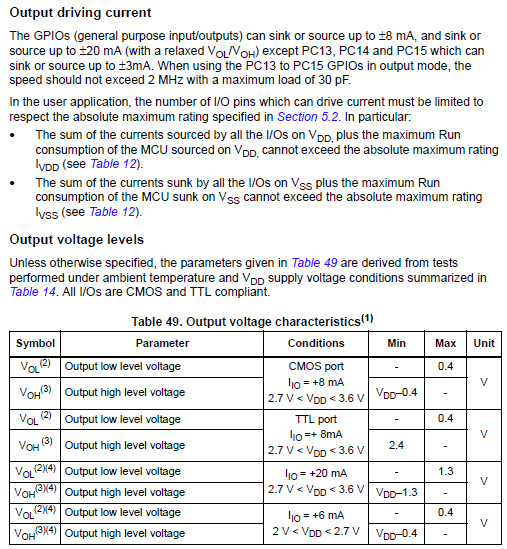This has come up here before so I did some careful measurements.
Firstly, it does not appear to be done by paralleling different size MOSFETs, because the data sheet has just one current capability spec:

It looks like a slew rate limit - maybe done by switching in of different capacitors into the signal driving the output MOSFETs:

The last-1 option seems the one to go for because ir produces less ringing (not evident in the traces below) and the last two show the same risetime, so limited by the 350MHz Lecroy 3034 scope + 1GHz probe. Some devices ask for a fast risetime. One Adesto SPI FLASH wants 3ns and a Lyontech SPI RAM wants 1.5ns!